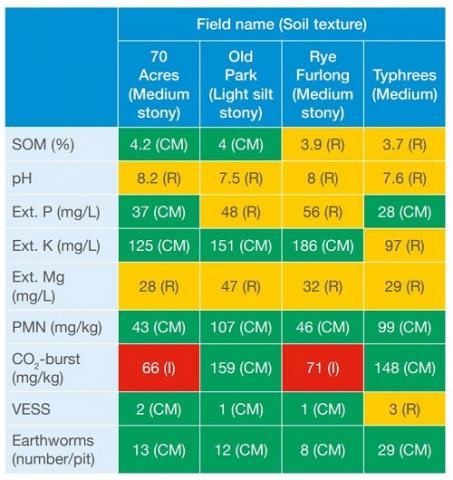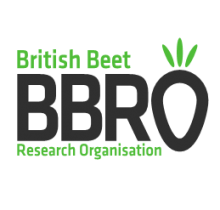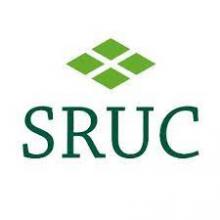Download the pdfs at the links below:
AHDB Soil Health Scorecard Protocol and Benchmarking for England and Wales
AHDB Soil Health Scorecard for Scotland
Soils are the foundation of agriculture, supporting the production of food, feed, and fibre. They also provide a range of ‘ecosystem services’, helping to regulate climate and water, sequester carbon, and cycle nutrients.
It is important that soils are managed appropriately to deliver these functions. Yet, their inherent properties (soil type and geological history) and site-specific management mean each field’s soil has its own unique fingerprint.
Cultivations, drainage, inputs, rotation, and cropping sequence all impact a soil’s physical, chemical, and biological make-up. As a result, the unique context of your soils means that what works in one field may fail to work the same way in another. However, there is one universal tip that applies in any situation: to optimise soil health, you need to measure it first.
This work has developed and validated a set of practical indicators for the routine measurement and monitoring of soil health:
- Visual evaluation of soil structure (VESS)
- pH
- Extractable nutrients (P, K, Mg)
- Soil organic matter
- Earthworms
- Measures of microbial activity*
The researchers worked with farmers, industry, and scientists, to develop a robust, simple, and visual framework – the Soil Health Scorecard – to group these soil health indicators. For each indicator, the partnership identified ‘typical’ benchmark values (expected ranges for UK soil types and climate regions).
The scorecard exploits these values to grade the results of site-specific soil analyses using a traffic-light code:
- Green (monitor): Typical or optimum result, with low risk of sub-optimal soil conditions (continue to monitor on a rotational basis)
- Amber (review): Moderate risk of sub-optimal soil conditions (further examination, such as more frequent or detailed sampling, may be needed)
- Red (investigate): Potential risk of sub-optimal soil conditions (more immediate management intervention may be required)
The Soil Health Scorecard is a simple way to generate data on a variety of soil health metrics.
However, for the approach to be effective, it is essential to follow sound soil sampling and analysis approaches.
To help, we’ve issued guidance that covers in-field soil sampling and record-making.
See all the reports from the Soil Biology and Soil Health Partnership here.
See the video from project leader Elizabeth Stockdale below.
Watch Anne Bhogal give an overview of the research that has gone in to the Soil Health Scorecard.
Visit AHDB's GREAT Soils website for other publications and soil management resources











Discussion
See my LinkedIn blog on how NRM is using the benchmarks here for interpretation in our SOM reports.
https://www.linkedin.com/pulse/soil-organic-matter-4-new-benchmarks-guide-alli-grundy/